The Ultimate Guide to Foundation Maintenance for Hamilton Homeowners
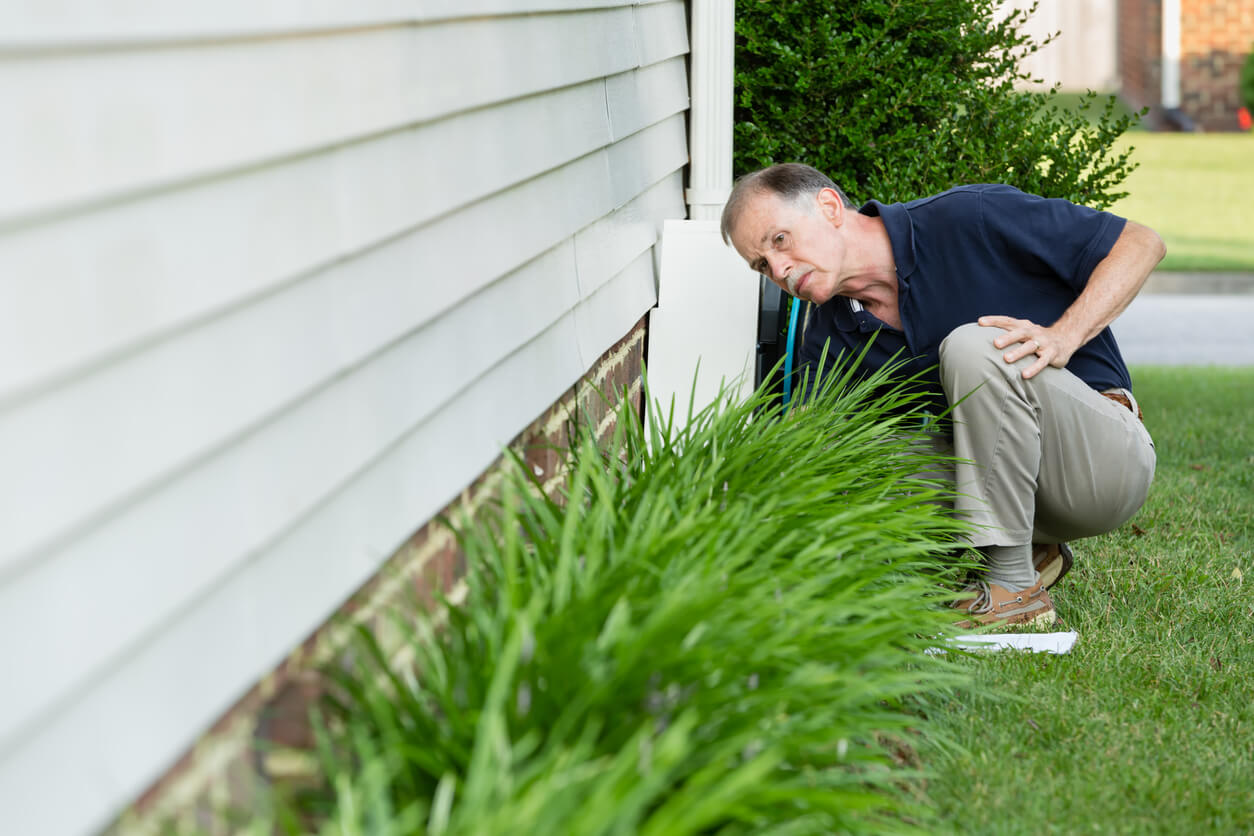
Your home’s foundation is its bedrock, literally. It’s the critical component that supports the entire structure, bearing the weight of walls, floors, and roof, and protecting your living space from the ground up. For homeowners in Hamilton, where varied soil conditions and often unpredictable weather patterns prevail, understanding and implementing robust foundation upkeep practices is not just advisable; it’s essential. Neglecting your foundation can lead to a cascade of problems, from damp basements to significant structural damage, all of which can be incredibly costly to repair. This guide will walk you through everything you need to know about preventative maintenance for your home’s foundation.
Why Proactive Foundation Maintenance is Crucial for Your Hamilton Home
Think of your foundation as your home’s immune system. When it’s strong and healthy, it can withstand external pressures. When it’s compromised, your entire home becomes vulnerable. Proactive foundation maintenance helps you identify and address minor issues before they escalate into major, expensive repairs. It protects your home’s structural integrity, preserves its value, and provides invaluable peace of mind. In a city like Hamilton, where properties range from historic homes to new builds, and where freeze-thaw cycles are a regular occurrence, consistent care is paramount. A small crack or an ignored drainage issue today could become a substantial problem tomorrow, impacting everything from your basement’s dryness to the alignment of your doors and windows.
Your Seasonal Foundation Maintenance Checklist
Effective foundation upkeep requires a year-round approach. Each season presents unique challenges and opportunities for care.
Spring Foundation Care: Managing the Thaw
After a long Hamilton winter, spring brings rising temperatures and melting snow, which can be a double-edged sword for your foundation.
Inspect for Winter Damage: As the snow melts, carefully inspect your foundation walls for new cracks, spalling (flaking), or signs of water entry. Pay close attention to corners and areas around window wells.
Check Grading and Drainage: Ensure that melting snow and spring rains are directed away from your foundation. Look for puddles forming near the base of your house, which indicate poor grading.
Gutter and Downspout Clean-Out: Clear any debris from gutters and ensure downspouts extend at least 6 feet away from the foundation. This is critical to managing the influx of water from spring showers.
Summer Foundation Maintenance: Heat and Soil Contraction
Hamilton summers can bring periods of heat and drought, which can significantly affect the soil moisture levels around your foundation.
Monitor Soil Moisture: During dry spells, the soil around your foundation can shrink and pull away, potentially causing foundation movement. Consider using a soaker hose to provide consistent, moderate moisture to the soil within 1-2 feet of your foundation, particularly for clay-rich soils. Avoid overwatering, as this can be equally detrimental.
Inspect for New Cracks: As the soil contracts, minor shifts can occur, sometimes leading to new hairline cracks. Regularly walk around your home to spot any changes.
Trim Landscaping: Ensure trees and large shrubs are not planted too close to the foundation. Their roots can absorb excessive moisture from the soil or, conversely, grow into and damage the foundation itself.
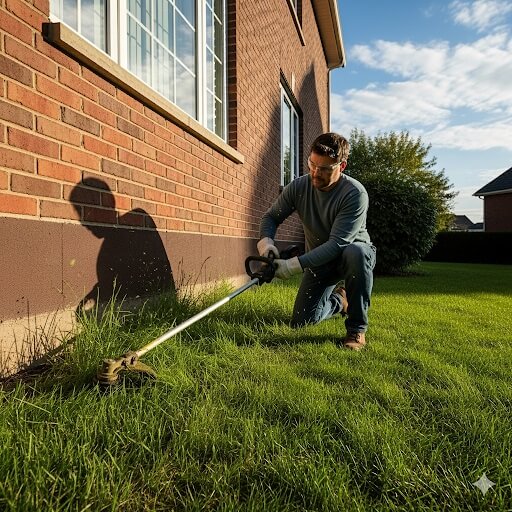
Fall Foundation Prep: Getting Ready for Winter
Fall is your last opportunity to prepare your foundation for the harsh realities of a Hamilton winter.
Final Gutter and Downspout Check: Before the leaves fall completely, give your gutters one last thorough cleaning. Ensure downspout extensions are secure and direct water well away from the foundation.
Seal Exterior Cracks: Seal any visible minor cracks in your foundation walls to prevent water from freezing inside them, expanding, and causing further damage. Use a high-quality, flexible concrete caulk for this purpose.
Inspect Parging: If your home has parging (a thin coat of cement stucco applied to the foundation walls), check for any peeling, cracking, or damage. Repairing parging now can prevent moisture intrusion and improve curb appeal.
Winter Foundation Watch: Snow and Ice Concerns
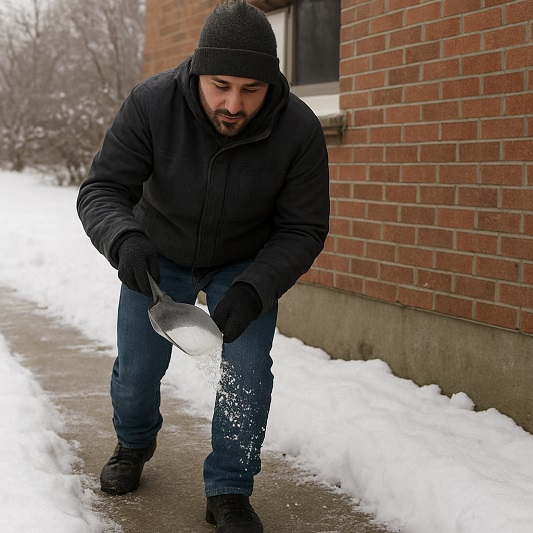
Winter in Hamilton brings freezing temperatures, heavy snowfall, and ice, all of which pose threats to your foundation.
Manage Snow Accumulation: When shovelling snow, always pile it away from your foundation walls. Melting snow that accumulates near the foundation can seep into cracks or cause hydrostatic pressure.
De-icing Salt Caution: Be cautious with de-icing salts near your foundation, as they can accelerate the deterioration of concrete and other masonry materials.
Indoor Humidity Control: Maintain consistent indoor humidity levels to prevent the drying out of wooden structural components, which can also contribute to foundation stress.
DIY Foundation Maintenance Tips You Can Do This Weekend
While a professional foundation assessment is sometimes necessary, many aspects of foundation upkeep can be handled by diligent homeowners.
Gutter and Downspout Management
This is arguably the most impactful DIY task for preventative maintenance.
Clean Regularly: Clear gutters of leaves, twigs, and other debris at least twice a year (spring and fall, or more often if you have many trees).
Extend Downspouts: Ensure all downspouts have extensions that carry water at least 6 feet away from your foundation. Consider underground drainage systems for a more permanent solution.
Repair Leaks: Patch any leaks in your gutters promptly, as even small drips can saturate the soil near your foundation.
Optimizing Your Landscape Grading
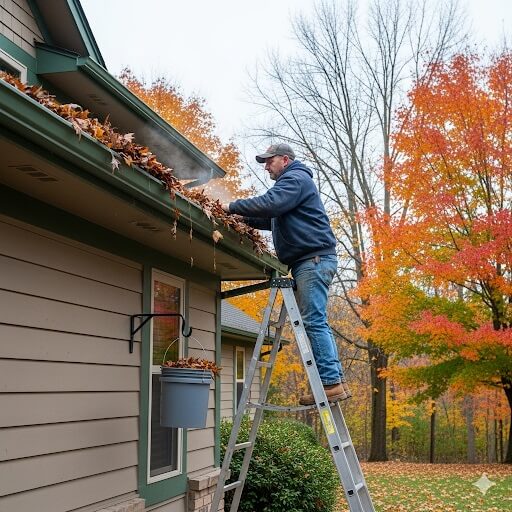
Proper grading and drainage are fundamental to protecting your foundation.
Slope Away: The ground around your foundation should slope away from the house at a gradient of at least 6 inches for the first 10 feet.
Fill Low Spots: Use compacted soil or gravel to fill any low spots or depressions where water might collect near the foundation.
Avoid Flat Areas: Ensure there are no flat areas or reverse slopes that direct water back towards your home.
Checking for and Sealing Minor Cracks
Regular visual inspections are key to early detection.
Walk Around: Periodically walk around your home’s exterior, paying close attention to the foundation walls.
Identify Minor Cracks: Hairline cracks (less than 1/8 inch wide) are often normal with concrete curing and minor settling.
Seal Appropriately: For minor non-structural cracks, clean the area thoroughly and apply a flexible, waterproof concrete caulk. Monitor these cracks to ensure they don’t widen.
When DIY Isn’t Enough: Signs You Need a Professional Foundation Assessment
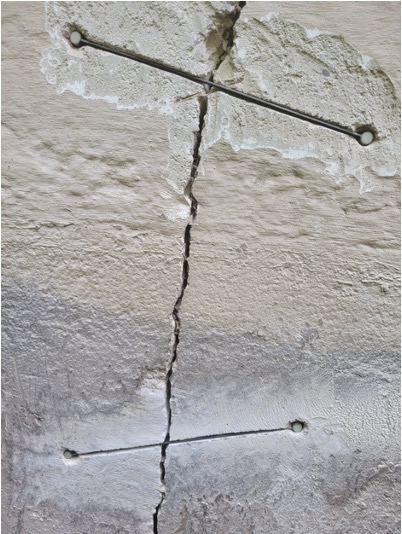
While DIY efforts go a long way, some signs indicate it’s time to call in the experts for a professional foundation assessment. Ignoring these warning signals can lead to severe structural damage.
Large or Widening Cracks: Cracks that are wider than 1/4 inch, stair-step cracks in brickwork, horizontal cracks, or cracks that extend through the foundation wall.
Sticky Doors and Windows: Doors or windows that suddenly become difficult to open or close, especially on upper floors, can indicate foundation movement.
Uneven Floors: Floors that sag, slope, or feel bouncy.
Bowing or Leaning Walls: Interior or exterior walls that appear to be bowing inward or leaning.
Basement Water Intrusion: Persistent leaks, puddles, or excessive dampness in your basement or crawl space, even after heavy rain. This is a critical sign of a compromised foundation and poor grading and drainage.
Sinking or Settling Foundation: Visible signs that a portion of your home’s foundation is sinking or settling.
Excessive Parging Damage: Extensive damage to the parging that seems to recur despite repairs. For more insights into early warning signs, you can read more about early signs and damage risk here.
Contact Conterra Foundation Today
For Hamilton homeowners, partnering with a reputable and experienced foundation specialist is the smartest move for long-term foundation upkeep. They understand the unique challenges posed by local soil types and weather conditions. From comprehensive foundation inspection checklist assessments to advanced repair techniques, a professional team can provide solutions that go beyond what DIY can achieve.
Don’t wait for a small problem to become a significant headache, invest in your home’s foundation health today and contact Conterra Foundation.